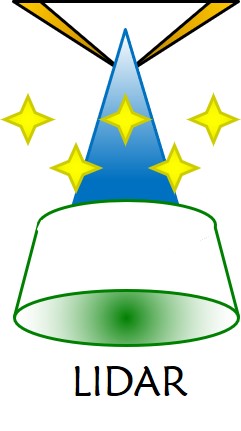Unexploited potential remains to use stable water vapour isotopes profiles for increasing our understanding of the influence of evaporation, boundary-layer processes, and the free troposphere for local and regional climate conditions in Alpine lakes. For example, the depth of the atmospheric layer over which the influence of evaporation from the lake surface is detectable, and how different factors control the depth of this layer are still largely unknown. Detailed and comprehensive analysis of small-scale factors, such as winds in a valley, and how they are related to the mesoscale and large-scale dynamics, such as synoptic scale subsidence in complex terrain, are therefore needed.
In order to get insights into such aspects, the L-WAIVE (Lacustrine-Water vApor Isotope inVentory Experiment) field campaign was conducted in the Annecy valley (45°47′ N, 6°12′ E, in Haute-Savoie in the French Alps) around the Annecy lake between 12 and 23 June 2019. Being the second largest natural, glacial lake in France, the Annecy lake is expected to play a substantial role for the regional hydrometeorology.
The overarching scientific objective of L-WAIVE field campaign is to study the vertical distribution of the water vapor contents and its heterogeneity over the Annecy lake. For this purpose, we have implemented an original multi-platform experimental approach based on continuous high-resolution vertical profiling of tropospheric water vapor, temperature and wind as well as scattering layers (aerosols, clouds) in the valley. Continuous atmospheric sampling was carried out by lidars together with airborne and boat-borne measurements of stable water isotopes (H216O, H2HO and H218O) in vapor, as well as liquid water sampling in the lake, clouds, and precipitation.

